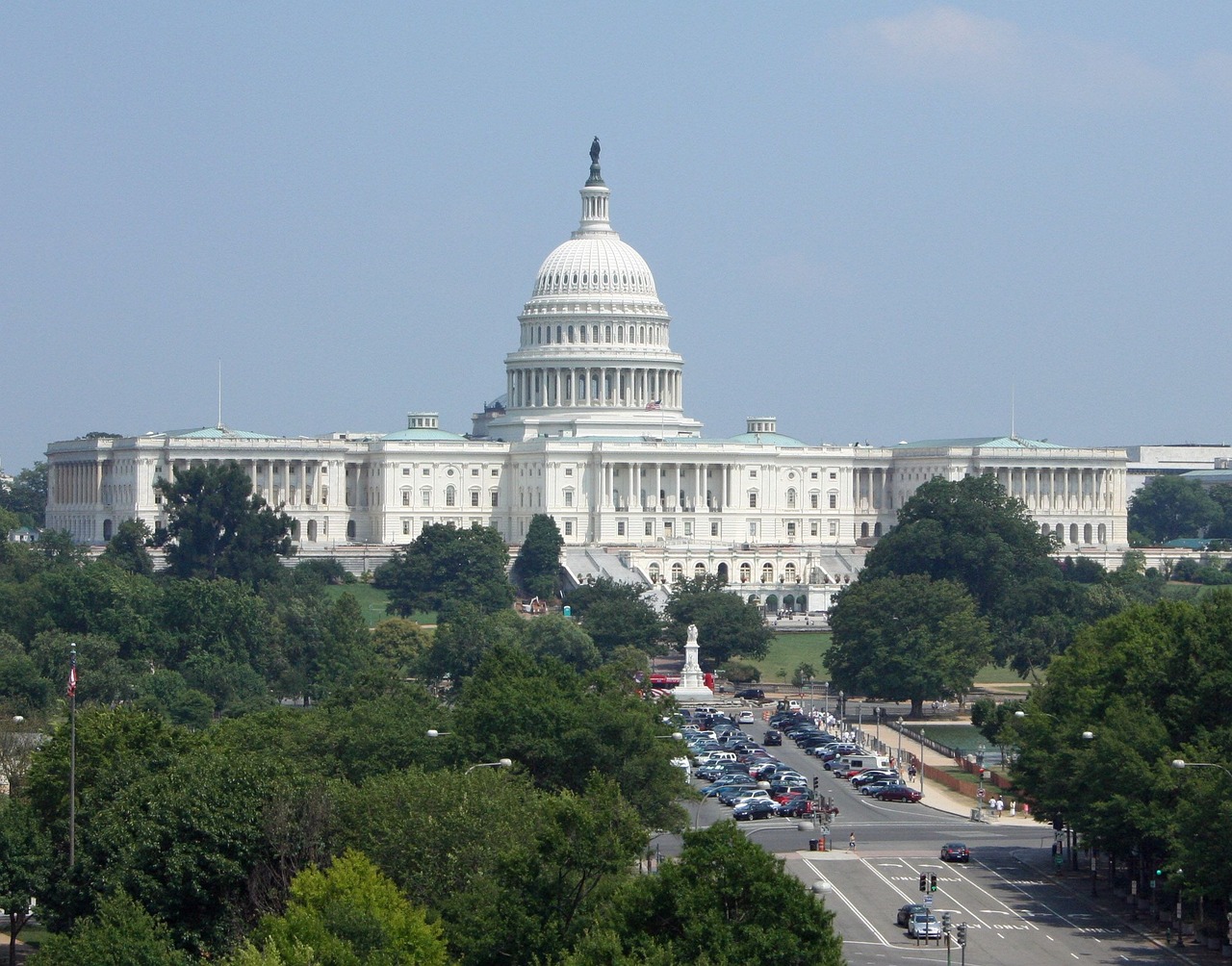Trump’s Victory: A Shift in the Political Landscape
Donald Trump’s recent victory has reshaped the political landscape, challenging long-held beliefs about voter demographics that once seemed favorable to Democrats. Following Barack Obama’s historic win in 2008, many analysts predicted a growing liberal coalition would dominate American politics for years to come. However, the 2024 election results indicate a significant realignment, as Trump successfully connected with various voter groups previously thought to be secure for Democrats.
Erosion of Democratic Support
The cracks in the Democratic coalition began to surface during midterm elections in 2010 and 2014, when non-college educated voters began to drift away. Although Joe Biden managed to regain some support from these groups in 2020, this year’s election revealed a more profound shift.
Trump not only solidified his base among blue-collar workers but also made notable gains among young, Latino, and black voters. Exit polls indicated that Trump captured:
-
13% of the black vote, a significant increase from Republican John McCain’s 4% in 2008.
-
46% of the Latino vote, up from McCain’s 31%.
-
43% of voters under 30, compared to 32% for McCain.
-
56% of those without a college degree, reversing Obama’s previous success with this demographic.
Following his win, Trump pointed out that his coalition reflects a broader alignment with the sentiments of many Americans who feel disconnected from Democratic policies.
Immigration and Economic Concerns
Trump’s hardline stance on immigration resonated with voters who were frustrated with rising illegal crossings during Biden’s administration. His policies focused on border enforcement and deportation strategies—areas where Democrats have faced backlash for perceived leniency.
In key states like Florida and Texas, Trump made history by winning heavily Latino counties that had previously leaned Democratic. Strategists note that the Democratic party’s progressive positions on issues like policing and immigration may have alienated moderate voters.
Amid these shifts, economic issues remain at the forefront of voter concerns. Many citizens expressed fatigue with identity politics, seeking straightforward solutions to their challenges rather than divisive social narratives.
Looking Ahead: A New Political Era
As Democrats grapple with their electoral defeat and assess their strategies moving forward, they face an urgent need to reconnect with diverse voter bases. The insights gained from this election cycle highlight that broadening outreach beyond traditional demographics is crucial for future success.
While Trump’s ability to mobilize new voters may be a double-edged sword for Republicans in upcoming elections, it is evident that both parties must adapt to an evolving political environment. The results of 2024 signal not just a continuation of Trump’s influence but also an imperative for Democrats to re-evaluate their messaging and policy priorities if they hope to regain footholds in key demographics moving forward.


